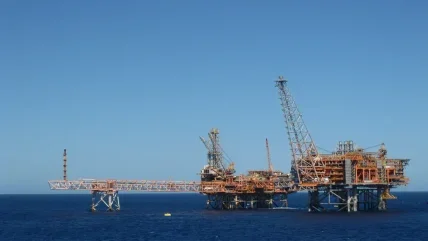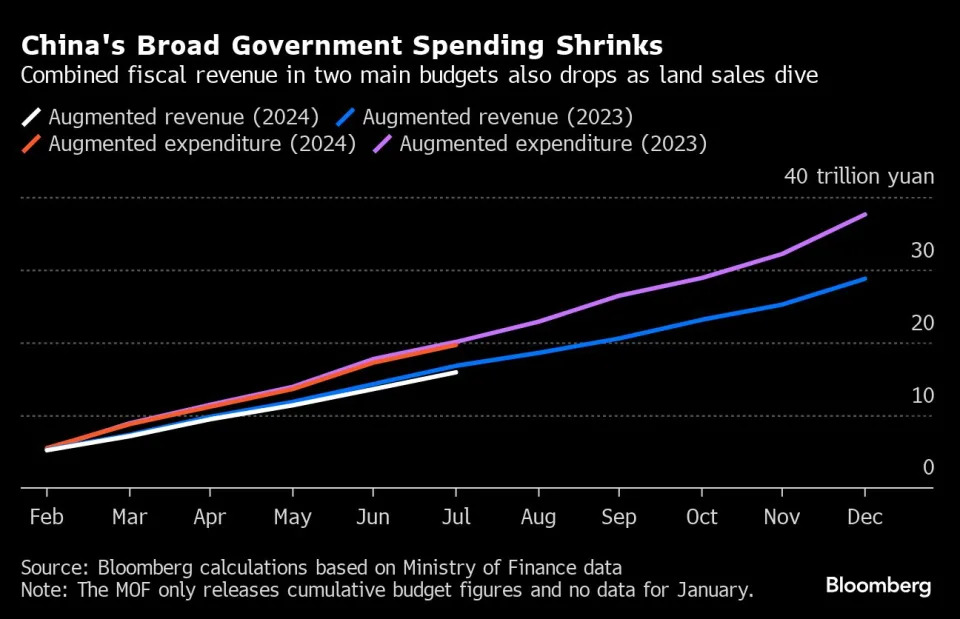Updated / Monday, 26 Aug 2024

Italian prosecutors have placed Captain James Cutfield under investigation over the deaths of Mike Lynch and six others after the British tech magnate's superyacht sank off Sicily last week, a judicial source has said.
The official, who asked not to be named, confirmed earlier reports in Italian media that the New Zealander was being investigated for manslaughter and shipwreck.
Being placed under investigation in Italy does not imply guilt and does not mean formal charges will necessarily follow.
Mr Cutfield, 51, is being investigated for manslaughter and shipwreck, the dailies La Repubblica and Corriere della Sera said.
Magistrates spoke to Mr Cutfield yesterday for the second time in a week, La Repubblica reported, questioning him for more than two hours.
It said prosecutors may also investigate a crew member who was on duty when the storm hit and survived the incident.
The British-flagged Bayesian, a 56-metre-long superyacht, was carrying 22 people when it capsized and sank last Monday within minutes of being hit by a pre-dawn storm while anchored off northern Sicily.
Fifteen people survived, including Mr Lynch's wife, whose company owned the Bayesian. Mr Lynch's 18-year-old daughter, Hannah, was among those who died.

Mike Lynch and his daughter Hannah died in the shipwreck
While the yacht had been hit by a sudden meteorological event, it was plausible that crimes of multiple manslaughter and causing a shipwreck through negligence had been committed, the head of the public prosecutor's office of Termini Imerese, Ambrogio Cartosio, said on Saturday.
Maritime law gives a captain full responsibility for the ship, crew, and all on board.
Mr Cutfield and his eight surviving crew members have made no public comment yet on the disaster.
"The Bayesian was built to go to sea in any weather," Franco Romani, a nautical architect that was part of the team that designed it, told daily La Stampa in an interview.
He said it was likely the yacht had taken on water from a side hatch that was left open.
Mr Romani said the crew underestimated the bad weather and that they should have made sure that all openings had been shut and the anchor removed before the storm hit the boat.
















